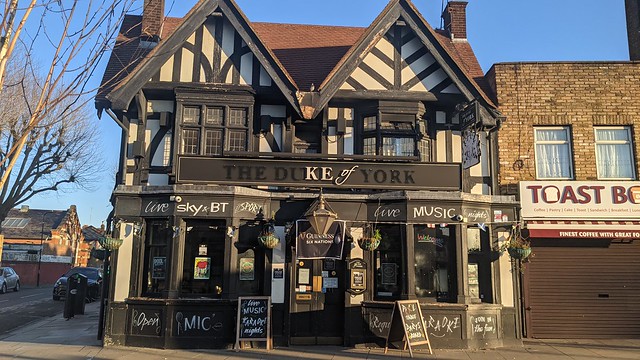skip to main |
skip to sidebar
speck on a clover
Today could be hottest day ever as 39C heat roasts Britain read the headline. In my contortions over the climate emergency versus my photography, he(art) won and I found myself on the street subsumed into Manhattan-style humidity. However by lunchtime clouds were creeping over Oxford Circus with the promise of lifting later so I sought solace in the company of Trent Parke's pictures at the Magnum Print Room. It was my second contact with Magnum in recent weeks. I attended their symposium last month where interestingly enough the best part was the keynote by Mark Sealy on western photographic practice. More of that in a future post.

I was first made aware by Nick Turpin of Trent Parke's The Camera is God at a street photography symposium a couple of years ago. He cited it as an innovative development on the tradition of the genre and I must agree having seen them. The images are fascinating in themselves but I also love they are made by what are now called analogue practices in taking them on film and printing them in the darkroom.However this project is certainly not rooted in nostalgia .The literally indiscriminate practice of CCTV cameras in cities shaped Parke's approach taking 30 second bursts without specifically framing anyone. As if that would ever catch on.
The way the images are displayed form a chorus of fragmented fractured faces, discernible as human but anonymised into atoms of light and dark. However there is still just enough detail in each image to project possibilities of gender, age etc on to them. I can now see why Parke talks about creating a narrative with them. It's fascinating to read the lines from his diary describing a moment in the life of this project
Back to my corner… he emerges from the shadow of the building into the light. There he is … the big clock on the other side of the road says, right on time … the sad boy in the white collared shirt who everyday stands in the same position on the same corner at the same time. He remains motionless, staring at the street before the lights eventually change once more and he walks his same sad slow walk off into the west and the blazing setting Adelaide sun.
I wonder who he is. I wonder where he goes.
Back in London I balefully look at the blazing London sun still cloudy sky and vainly hope there will be a break as the BBC Weather app confidently predicts. I find myself not far from another regular refuge, the Barbican, my favourite building in London. The big show there at the moment AI: More than Human and one of the pieces before you get into the show caught my eye.

I couldn't - needlesstosay - avoid a connection to Parke's piece. But beyond the symmetry the concepts aren't a million miles apart either. Es Devlin's POEMPORTRAITS takes a word donated by a participant which then generates a two line poem authored by machine learning projected across the face of the donor to create a portrait. I was struck by Devlin's comment
We are predisposed to seek meaning in these fragments that have been offered to us personally, as we seek significance even in the lines we find in a fortune cookie.
In our age of selfie surveillance both projects acknowledge the omnipresence of technologically generated imagery. Both then use that as a place to reflect upon what it is to be human in that kind of world. To take Devlin's word, how we can converge?
I was left intellectually if not physically stretched in a way I hadn't anticipated and, cursing weather forecasters, descended into my own convergence with another world, the London Undergound.








No comments:
Post a Comment